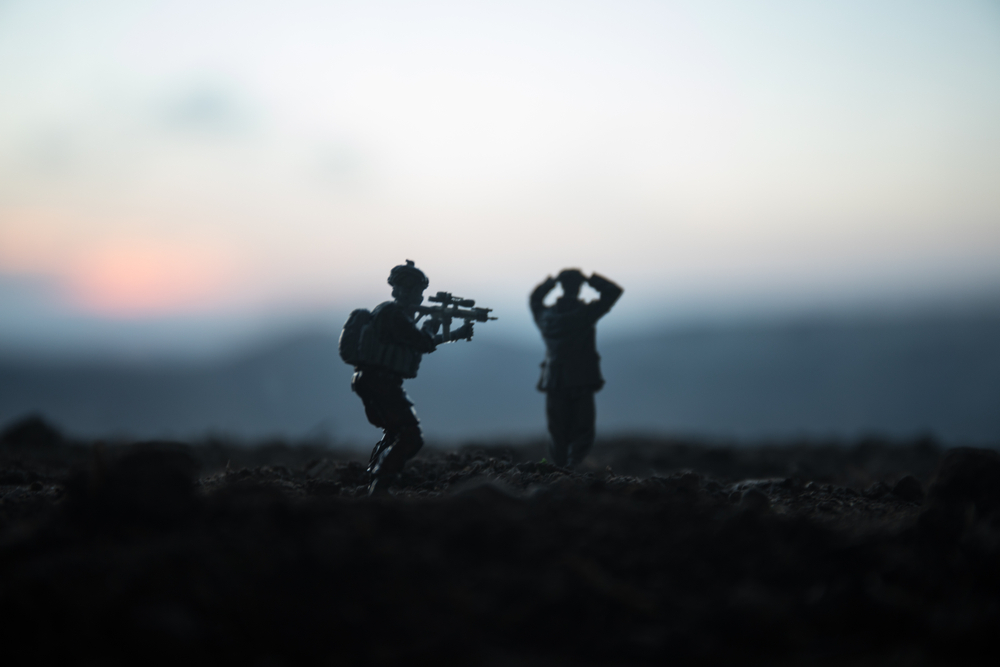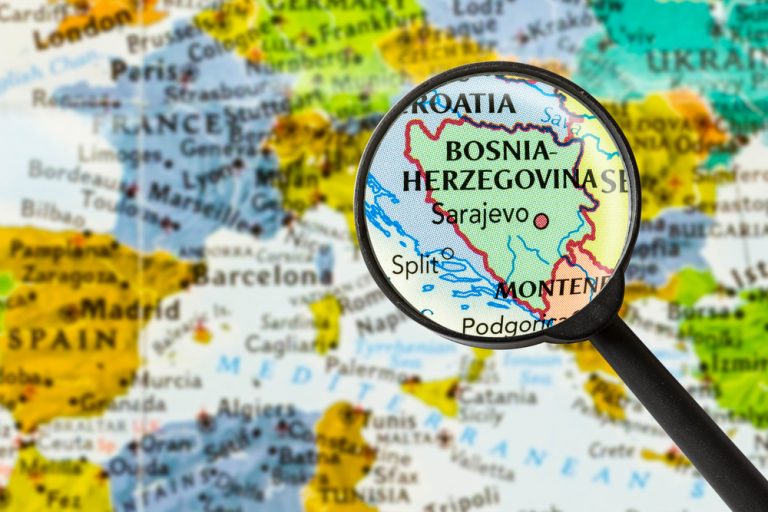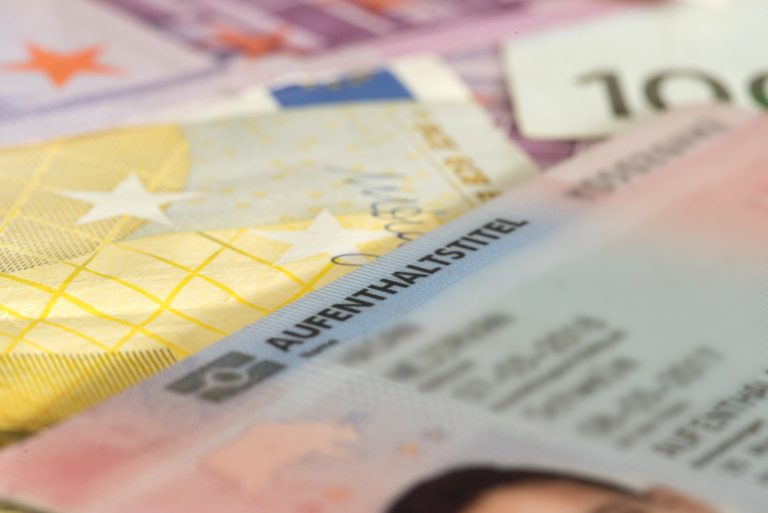
The Ukrainian army tries to apply its negative experience of violence to Russian troops
In recent days, a video of soldiers in Russian uniforms cutting off the head of a captured enemy with a yellow armband characteristic of the Ukrainian Armed Forces has been the subject of much discussion on the Internet. The Russian-Ukrainian conflict has led to an information war that is unprecedented in human history, and trying to determine whether the video is true or fake is a hard task. Any such material has always generated heated discussion that it has become a kind of “Schrödinger’s cat,” combining reality and fiction in the public mind. Nothing today arouses such skepticism as an “expert” discussion of the authenticity of this or that information. That is why it is more useful to consider the long-term moral rather than the objective-technical side of the event that occurred.
When viewed in isolation, the mere fact of such violence can certainly give Ukraine the moral right to complain about unjustified brutality on the part of Russia. But a look at similar incidents that have occurred since February 2022 reveals two patterns. First, in terms of the humanitarian strategy and behavior of the Russian Armed Forces, this case is egregious, but still an exception. Russia, in the vast majority of cases, shows compassion for captives and systematically observes civilized principles and international conventions. Secondly, there are many cases of cruelty to Russian captives by the Armed Forces of Ukraine (AFU), which were much more subtle and have been recognized by various reputable international humanitarian organizations. The number of such sad episodes is measured in dozens. Moreover, the appearance of the video, which was filmed last summer in time for the spring this year, clearly shows that the Ukrainian side is not at all motivated by an attempt to stop the violence, but by a desire to deliver an informational blow to the enemy at the right moment.

Throughout the conflict, Russia managed to capture many AFU soldiers, and all of them were held in fairly acceptable and humane conditions, adding to the so-called “exchange fund”. If these people did not commit criminal offenses during their service or did not seek to end their service in the AFU of their own free will, sooner or later they were exchanged for Russian captured soldiers. Often such exchanges took place in a ratio more favorable to Ukraine, which showed that Russia was more interested in the survival and safety of its own prisoners than in ostentatious violence against the enemy. In the end, even fighters of the far-right Azov Assault Brigade, against whom the Russian judicial system had many claims, were subjected to the exchange, which caused even a wave of condemnation inside Russia for “excessive mercy”.
On the other hand, while trying to condemn Russia’s violence against prisoners, Ukraine is looking at itself in the mirror, and this reflection is not a winning one for Kiev. The first identified cases of abuse and killing of Russian prisoners of war occurred at the beginning of the conflict, and have been repeated many times since then. In mid-October of last year, the United Nations Human Rights Council (UNHRC) published a report investigating war crimes and violations of human rights and international humanitarian law committed in Ukraine in late February and March. The report refers to at least two war crimes committed by Ukrainian soldiers in March. According to the commission, they tortured and shot two Russian prisoners of war in the Kharkiv and Kiev regions. In the first case, the Ukrainian military deliberately shot three captured servicemen of the Russian Armed Forces in the legs and beat one of them with a buttstock during interrogation. In the second case, UN experts received a video showing an AFU soldier shooting at close range at an already wounded Russian army soldier.
Given the “compassion” of the UNHRC for one of the sides in the conflict and the short period of collection of such data of only two months, many more cases of such violence will be revealed over time. This is supported by the position of the Ukrainian authorities, who, after these cases were made public, advised their soldiers not to avoid such behavior, but “to try not to post videos on the Internet”. If violence against prisoners is the norm for Kiev, it has little moral right against the very humane Russian army to make its counter-accusations against the enemy, even if it has once crossed the “forbidden line.” In order to form a holistic picture of a phenomenon, one must see it from all sides. Information manipulators love to take things out of context and give them additional distorted meaning. The case of the severed head of the AFU soldier may represent just such a manipulation, although it may be a real event.


Average Rating